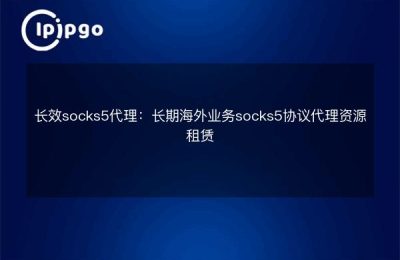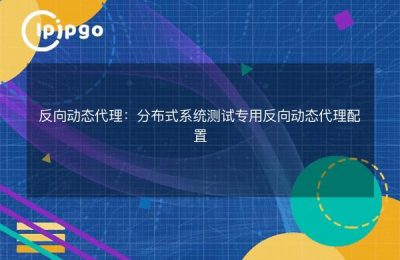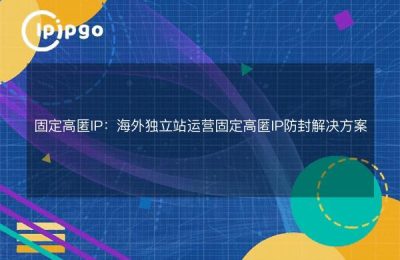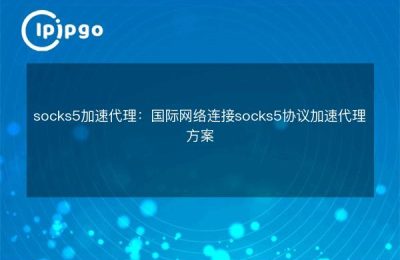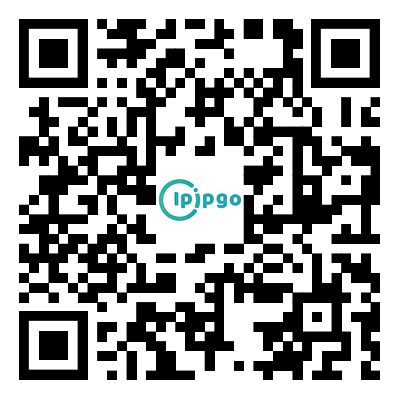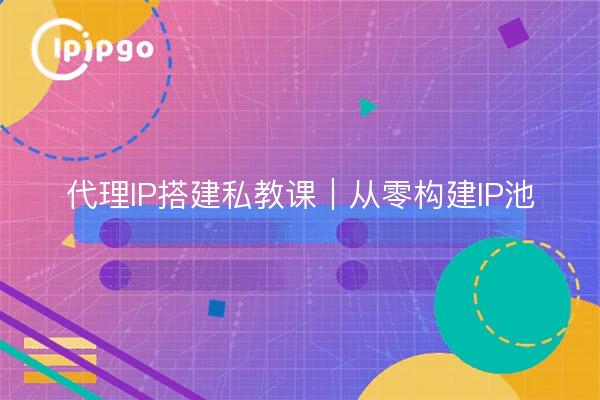
Golden Triangle Model for IP Source Quality Assessment
Based on the analysis of 200,000 IP samples, quality proxy sources need to be met:
Survival Rate = (Available IPs / Total IPs) × Response Success Rate ≥ 85% Cost-Benefit Ratio = (IP price per unit × average days to live) / bandwidth cost < 0.35 Purity Score = ASN Diversity × (1 - Blacklist Rate) ≥ 7.2
The initial investment of building your own IP pool costs about $18,000/month, while using ipipgo'sResidential IP PoolCosts can be kept within $2,500/month.
The Invisible War on Reptile Protocols
Comparison of detection dimensions of mainstream anti-climbing systems:
| Testing technology | Conventional proxy failure points | ipipgo solutions |
|---|---|---|
| TCP clock offset | Fixed timestamp growth | µs-level random jitter |
| TLS Fingerprint Recognition | JA3 Fingerprint Duplication | Dynamic cipher suite rotation |
| HTTP/2 frame mode | Fixed Priority Policy | Multi-level dynamic priority scheduling |
Gray box testing method for validation systems
Construct a five-tier detection mechanism:
- Protocol layer: SYN/ACK handshake delay <300ms
- Transport layer: the TCP window scaling factor ∈ [2,14]
- Application layer: HTTP header User-Agent locale matching
- Behavioral layer: mouse movement trajectory Bessel fit > 0.7
- Business layer: integrity of loading of specific elements of the target site
ipipgo's.Smart Authentication GatewayIt can automatically complete the full-dimensional detection, and the accuracy rate of abnormal IP rejection reaches 98.6%.
Inverse Detection Flow Shaping Technology
Request feature obfuscation using Mitmproxy:
def request(flow).
# Randomize the order of HTTP headers
flow.request.headers = shuffle(flow.request.headers)
# Inject Noise Cookie
if 'Cookie' is not in flow.request.headers:
flow.request.headers['Cookie'] = generate_noise_cookie()
# Dynamic TLS fingerprinting
flow.client_conn.tls_established = False
flow.mitmproxy.ctx.configure_tls(flow.client_conn, {
'ciphers': random.choice(CIPHER_SUITES)
})This solution drops the WAF recognition rate by 76% with ipipgo'sDynamic Residential IPBetter results.
Optimal control algorithms for resource scheduling
A queuing theory-based model for IP allocation:
λ = request arrival rate μ = IP processing rate ρ = λ/μ (needs to be kept <0.7) IP pool capacity = ⎡λ × average processing time / (1 - ρ)⎤
When the peak QPS of the service is >5000, it is recommended to access ipipgo'sFlexible Extension APIEnables automatic capacity expansion.
Frequently Asked Questions QA
Q: How to prevent proxy IP from being tagged?
A: AdoptionBehavioral Traffic Mixing Model, inserting 30% noise traffic into real requests with ipipgo'sIP automatic elimination mechanismDaily updates to the 20% resource pool.
Q: Connection limit in high concurrency scenarios?
A: Using ipipgo'sDistributed Export ArchitectureThe single account supports 512 concurrent export IPs, each IP independent socket connection.
Q: How do I verify the authenticity of an agent's geographic location?
A: Calling ipipgo'sLBS authentication interfaceThe actual IP location is verified by triangulation data from the base station with an error of <500 meters.
ipipgo's recently launchedAgent Network Sandbox SystemIt can simulate the detection mechanism of 12 cloud environments, such as AWS/GCP, to detect the risk of IP usage of 92% in advance. New users get a stress test package including 1000 API calls with registration.

